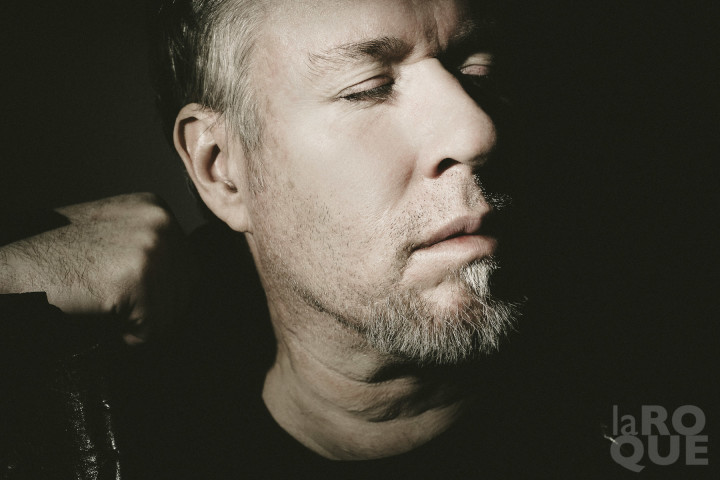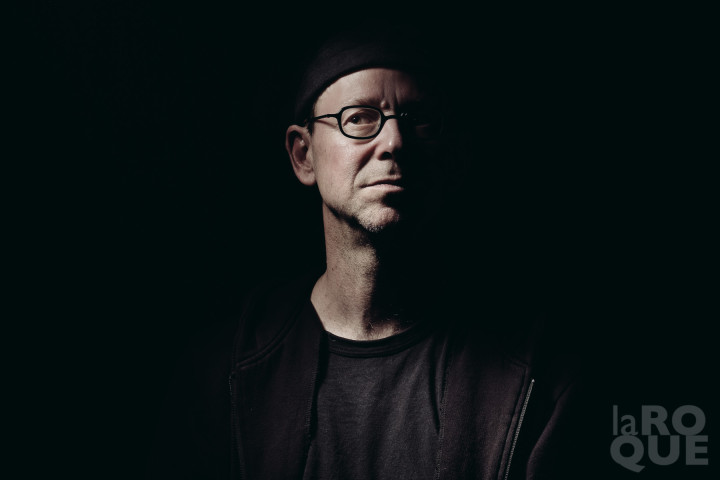Welcome to our series of 100 interviews we will be holding with professional photographers who use mirrorless cameras for work! “Switching to a smaller and lighter system” has become somewhat of a buzz phrase as of late, but many working photographers take this philosophy seriously. From medical reasons such as resolving back and shoulder pain to the simple realisation that bigger does not mean better, photographers are turning to mirrorless systems now more than ever before.
This week’s interview is with freelance photographer Patrick La Roque from Montreal, Canada. He uses the Fuji X-Pro1 and X100 to shoot a variety of subjects, including “people, spaces, street and products.” An official Fuji X Photographer and founding member of the Kage Collective, he has an influential presence in the online photography world, though he will modestly tell you that he’s “just a guy looking to tell a story!”
Visit La Roque Photo
Follow Patrick on Twitter
Who is ‘Patrick La Roque’ in three simple sentences?
Hmm.. I’m a dad to three great kids that are quite possibly a bit too bright for their own good (!). I’m a photographer, a musician, somewhat of a writer I guess. I like to tell stories through words and images.
You say on your website that photography is “all a movie in your mind” and your photographs are very cinematic. How has cinema inspired your work?
Cinema studies were a major part of my Arts degree so it goes pretty far back, but I was never really interested in making movies; I always found the process from beginning to end much too complex, not direct enough. Too many steps involved. And yet the art form itself has always been a tremendous source of inspiration… I remember watching Eraserhead in a smoky movie theatre decades ago and drowning in images that are still with me to this day. It’s such a holistic art, it draws on every single creative endeavour ever invented and when it works… It’s probably the most complete art humans get to create.
But of course, cinema is a temporal experience and my personal fascination lies in the still image, in the removal of time. And yet I feel there’s a lot we can learn from movies when it comes to working with essays and series of images, specifically on the notion of rhythm and maintaining a coherent aesthetic throughout a single body of work; On using structural elements to build a timeline; storytelling, mood… All these components can contribute to the way we approach photography.
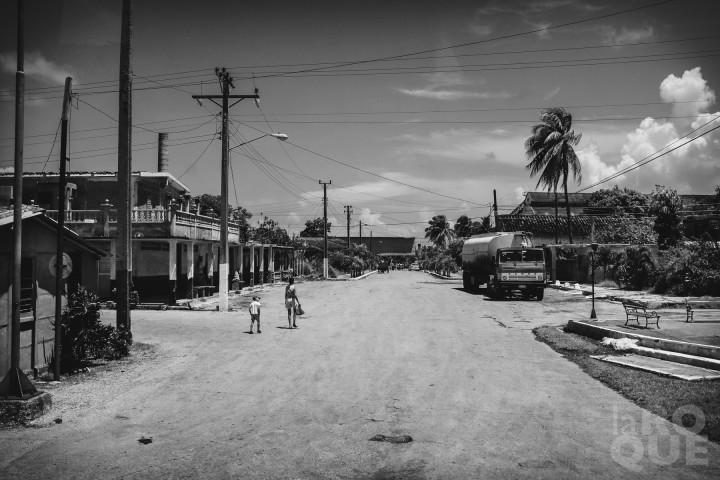
What system did you use before switching to the Fuji X Series and why did you decide to make the switch?
I was a Nikon shooter, deeply entrenched in the ecosystem, CLS… The whole bit. The switch happened in stages. After I purchased the X100 it quickly took over my entire personal photography and the Nikon became my work camera. I simply stopped using it for anything else. And that was fine: both had their own specific uses and I was perfectly happy. It didn’t even occur to me to use the X100 for work — For one it certainly felt too slow at the time (I’m talking V1 here). But then something else happened: instead of releasing a direct successor to the D700, Nikon released the D800. A great camera but a very different beast. I was planning a jump to full frame and had been waiting anxiously to finally upgrade my aging D300 but Nikon’s roadmap gave me serious pause and I found myself re-evaluating my next move. Meanwhile Fuji had announced the X-Pro1 with its new X-Trans sensor, the fast primes, the same hybrid VF I’d grown so fond of with the X100, and although I wasn’t initially interested, I started looking.
I made the switch in June 2012 without selling any of my Nikon gear; I couldn’t afford taking a chance on not being able to do my work. On my first gig with the X-Pro1 and 35mm f/1.4 I brought all the Nikon stuff with me. I was fully expecting to whip it out at some point but it stayed in the bag; I shot everything that night with the X-Pro1 and that single prime lens. In the months that followed I used the X100 and X-Pro1 combo, a 35mm and 50mm equivalent kit to shoot every single job — and I never looked back.
Is there anything you miss about the old system?
I miss CLS, Nikon’s wireless TTL system for controlling speedlights. It’s not perfect and not as reliable as radio triggers but it’s seriously handy to have around. And I guess AF tracking… Although I’m now so used to shooting Fujis that I’ve changed how I work to compensate. So it’s not something I actively think about most of the time, otherwise I’d still be on that system.
Is there a certain kind of photography for which you wouldn’t feel comfortable using your X-Pro1?
Absolutely, see my answer above: anything for which you absolutely need to rely on machine-gun action, focus tracking… It’s simply not built for that. Not yet anyway. Fortunately I don’t shoot sporting events or anything for which I need to rely on that sort of performance, a fact that obviously played a part in my decision. At the end of the day you need to choose the tools that work.
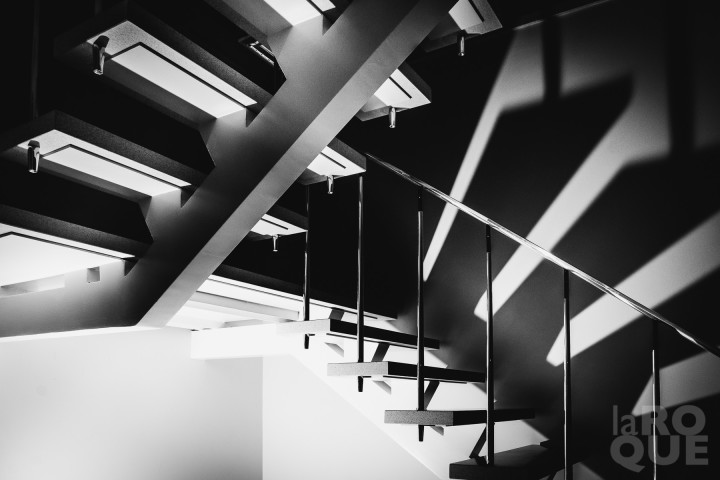
How has using a Fujifilm changed your photography and style?
Man… How has it not? It’s changed everything. But I’m well aware it was a confluence of events. The X100 came along at a time when I was in need of some sort of creative trigger. I’d gone through a lot of soul searching, even driving cross-country on my own to try and find answers – whatever the hell that means. The X100 gave me focus. It grounded me. It got me started with the essay form, with writing, with expressing myself in ways I’d only slightly touched upon before… It became a very symbiotic relationship from which everything I do today has grown. It was the catalyst.
I’ve said this many times and will probably say it many times again: the X series slowed me down. Not in the sense of performing more slowly but in the sense of reflecting on the frame, before and after shooting. My entire mindset was transformed. And this is due to the original X100 and its size and its complete silence, but also to the way all the X cameras operate, which is very different from DSLRs. The ability to preview an image in the EVF for instance, its exposure, DOF, WB even colour treatment if you’re so inclined… It affects how you shoot from a technical standpoint. It changes your relationship to the image by taking out a lot of the guesswork that’s part of being a photographer. You still need to make those same decisions but all of a sudden you’re getting instant feedback BEFORE taking the shot. That’s no small thing. Same goes for getting an instant review of an image without taking your eye away from the VF, feeling your way through settings using physical dials… All of these elements change the flow of a shoot, no matter how you look at it. On top of all this, the reality is that subjects also tend to react very differently because of the form factor and the less imposing nature of the cameras.
The switch allowed me to forge relationships with other photographers who were going through somewhat similar transformations, which led to the creation of the KAGE COLLECTIVE, something that’s still a work in progress but of which I’m very proud of.
And of course becoming an official Fujifilm X Photographer has been absolutely incredible. My relationship with Fujifilm Canada, with Billy Luong and my Canadian X Photographer comrades is nothing short of fantastic. Getting a chance to provide direct input on tools we use every day is any photographer’s dream.
Do you think that the retro look found on many mirrorless cameras (and now DSLRs as well) has become too much of a fashion statement?
There’s this tendency to lump everything that’s silver and has a few top dials into a retro category. When the X100 was originally released there was a lot of sneering from certain corners, some folks labelling the camera as some sort of hipster gadget… But Fuji hadn’t gone back to a look: they had gone back to function, to basic tactile interaction, to an honest to goodness viewfinder… All of it coupled with very forward thinking technology; THAT for me was the revolution and it went way beyond retro. There was a philosophy at work here as well.
There’s nothing inherently wrong with having a camera that looks good, I would even argue that the way we feel about our gear probably influences how we’ll use it to some extent. And fashion always plays a part in anything we buy, however utilitarian. But there has to be a reason behind the aesthetics to justifiy the design. The top end of the X-Series is the embodiment of this IMHO, not just a “look”.
When they’re done right I don’t see retro cameras… I simply see cameras with traditional controls. A stick shift, a manual transmission.
What are your impressions regarding the X Series roadmap? Is Fujifilm on the right track?
They are. Although in my perfect world there would be nothing to detract from XF lenses and three or four top tier X cameras… But I’m fully aware that would be a bit selfish of me 😉
I don’t always agree with some of the decisions that surround the X Series as a whole but I do understand the need to broaden the base and I think it’s commendable to allow the technology to trickle down into easier, more affordable cameras – Even if it means delaying gear some of us would like to get our hands on as quickly as possible. In the end what matters to me is the general direction of the system and from everything I’ve seen, I have zero concerns about the future.
I’m also quite impressed by Fuji’s willingness to continually improve their cameras and lenses through a very aggressive use of firmware updates, even on discontinued bodies (i.e. X100). Beyond the purely technical bullet points, I think they’re getting a lot of things right in the way they’re communicating and managing the series. Listening to concerns of users and acting on them… It’s not something you generally see every day.
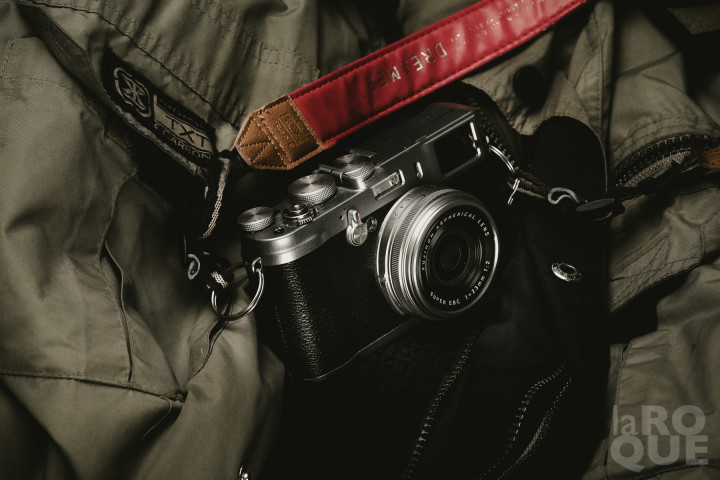
How could Fujifilm improve on the X Series from your professional perspective?
Well, it’s really easy to get into a laundry list… AF and EVF performance keep improving with every new generation (or update) but I think we all want to see development continue on this front. I’d love to see wireless tethering built-in, not just wifi transfer but actual real time tethering.
I love the Q Menu but would kill for its items to be fully customizable; for custom sets that would store every single shooting parameter (custom white balance for example). I’d also like the Q Menu to allow us direct access to submenus for items that need further tweaking. Weather proofing would be nice… I mean three’s always a bunch of stuff we can point to and I’m sure most shooters out there have their own version of what they’d like to see. When I tested the X-E2 what immediately jumped at me were all the small and not so small improvements that had been made across the board — So the good news is that the company clearly listens to what we have to say and the shooting experience keeps getting better as a result of it.
If Fujifilm were to go full-frame as rumours have suggested, would you consider upgrading?
I would, if only to use the very best of what the company has to offer. That said, a move to full-frame isn’t something to be taken lightly: it’s a huge shift with a lot of technical and economical ramifications. It’s also a lot more expensive all around. What happens to the current glass? How does everything scale?… I have no doubt Fuji could offer something spectacular in this space but the truth is I’m still perfectly comfortable with APS-C, given how these cameras and lenses perform. But yeah… Of course I’d love to see it happen and would probably be all over it if it did.
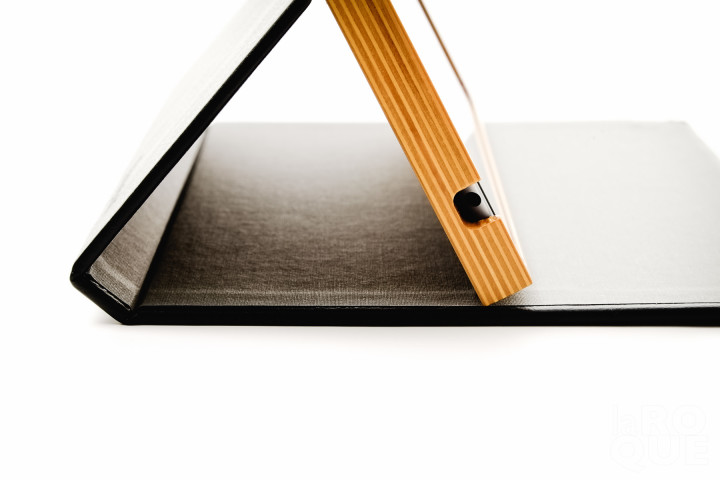
Which is your go-to lens(es) for the system and why?
Well, as you know various focal lengths come with different properties that aren’t necessarily interchangeable. But there are two lenses that live on my X-Pro1, depending on the circumstances: the XF 35mm f/1.4 R and the XF 18–55mm f3.5–4 LM R OIS. The 35mm is still my all time favourite (although the new 23mm will most probably battle for the title if I ever purchase it… I’m still debating that). Its build isn’t as slick as the newer offerings but it’s fast (aperture), it’s an optical marvel and if I’m leaving the house with a single lens on the X-Pro1, this is the one I immediately reach for.
The 18–55 zoom on the other hand is the first lens I mount in any controlled lighting situation; it’s sharp, it’s smooth and it’s simply über convenient. The linear motor makes a big difference in performance. As much as I love primes, there’s a place for zooms in the proper context and this lens has never once disappointed me.
The XF 55–200 zoom isn’t the fastest lens out there but I love the results I get from it and consider it essential as well; a telephoto is a telephoto and nothing can replace that. Then there’s that upcoming 56mm f/1.2 I’ve been drooling over ever since it was announced…
What do you think of the current competition (the new full-frame Sony cameras, the E-M1, the GX7 and so on)?
We’re living in very interesting times, having finally moved past megapixel wars and a certain form of stagnation. This is fantastic. I love that companies are now willing to embrace new ideas, mix the past with the future, step back and rethink the accepted norm. We’ve never had so many choices and the mirrorless space, in particular, is evolving at an incredible rate. And it’s fascinating to see where a lot of the innovation is coming from too: Fujifilm, Sony, Ricoh, Olympus… Not to start a flame war but the big two don’t seem to be taking a lot of risks these days which, very honestly I find surprising.
If the X system didn’t exist, would you switch to another mirrorless system?
It wasn’t the mirrorless aspect that got me interested in the system to begin with so I don’t know. I guess. I wouldn’t go to anything smaller than APS-C so M4/3 wouldn’t be part of the equation; nothing against it, just not something I’m interested in for various reasons. Frankly it’s a little like imagining a dystopian version of the present: I’m not sure I would’ve purchased a smaller camera when I did because there wasn’t much pulling me in before the X100 came along… And if I hadn’t switched to the X-Pro1 I’d still be with Nikon so…
I’d probably be eyeing Ricoh or perhaps Sony right now… But these are very different propositions when compared to the X-Series. Maybe I’d be splurging on a DF in that parallel universe — You know, once a hipster… 😉
Do you think mirrorless will eventually replace the DSLR as the professional’s primary work system?
I’m not an engineer by any stretch of the imagination so I may be completely wrong about this, but I think we’ve probably reached certain physical limitations in the DSLR design that mirrorless systems can overcome. So the potential exists. It certainly seems logical to leave behind bulky, fragile, movable components in favour of electronics if the performance makes that leap possible.
Right now there are compromises to be made on both sides and we need to decide what best fits our needs; in the end I think none of us care if our camera has a mirror or not as long as it does the job and allows us to be creative. But I see a lot of photographers moving to mirrorless systems — either as a complete replacement or as an addition — and as I said, this space is clearly moving at an extremely rapid pace. When I just look at where we were three years ago when I first got interested, compare it to where we are now… It’s staggering.
In another three years? Who knows…
Thank you for taking the time to respond, Patrick!
All images displayed in this article are the property of Patrick La Roque.

